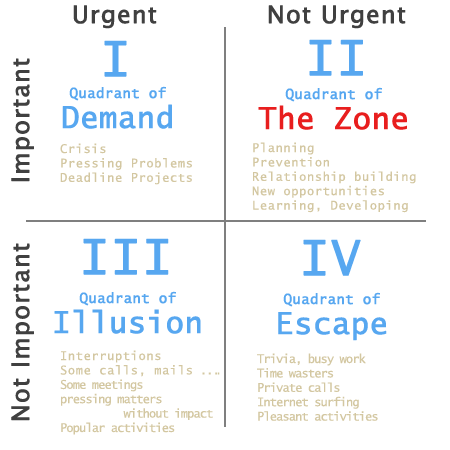From Bronia Arnott: Healthy snacks for a meeting at the Human Nutrition Research Centre.
From Bronia Arnott: not so healthy snacks when it is my turn to cater a meeting.
From Simon Howard: the newly opened Beautiful Science exhibition at the British Library which charts the history of data visualisation, including a whole (brilliant) section on public health.
From Simon Howard: this cartogram is from the Chief Medical Officer's forthcoming annual report, which I'm editing. It represents the number of fast food outlets per person at local authority level (darker = more), with the area of local authorities distorted to be proportional to the population. It raises really interesting questions about association with obesity, and shows the complexity of public health - we know there's an association between population density of fast food outlets and deprivation, but there are also weird outliers like Westminster, which is likely related to tourism, and coastal towns, which is likely related to fish and chip shops.
------------------
Just to remind you:
Each Thursday of 2014 we’ll try and post around four pictures on the Fuse blog that capture our weeks in public health research, from the awe-inspiring to the everyday and mundane. Given that more of the latter than the former exists in my life, I foresee problems compiling 208 images worth posting on my own. So this is going to have to be a group project. Send me an image (or images) with a sentence or two describing what aspect of your week in public health research they sum up and I’ll post them as soon as I can. You don’t have to send four together – we can mix and match images from different people in the same week.
Normal rules apply: images you made yourself are best; if you use someone else’s image please check you’re allowed to first; if anyone’s identifiable in an image, make sure they’re happy for it to be posted; nothing rude; nothing that breaks research confidentiality etc.
Also, this doesn’t mean we wont also be posting words. You word-based posts are, as always, much appreciated.




















